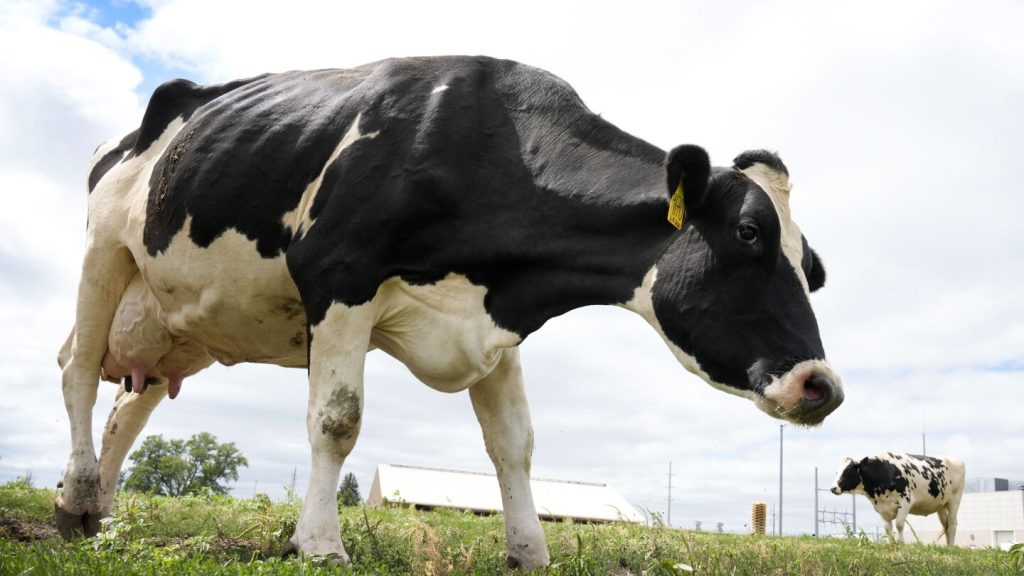In Ames, Iowa, the National Animal Disease Center is a government research facility where scientists work with pigs, cows, and other animals to solve the current bird flu outbreak in the United States. The center opened in 1961 and has a rich history of developing vaccines against diseases that affect pigs and cattle. Researchers at the facility have been instrumental in understanding diseases like hog cholera and brucellosis. During the H1N1 flu pandemic in 2009, the facility played a key role in proving the safety of pork for consumption. With 93 buildings on its campus, including a high-containment laboratory, the center has the resources and experience to handle dangerous germs like the H5N1 bird flu.
The recent outbreak of bird flu in U.S. dairy cows has led to increased research efforts at the Ames facility. Infections of the H5N1 bird flu virus were detected in cows, particularly in their udders and milk, which was unexpected. Scientists are now working to develop a vaccine for cows to prevent the spread of the virus. Preliminary results from the vaccine testing are expected soon, and USDA spokesperson Shilo Weir described the work as promising but still in early development. The researchers are also studying how the virus spreads between cows, with some cows showing symptoms like diminished appetite and reduced milk production.
A study conducted by the Iowa center and several universities revealed that the bird flu virus had likely been circulating for months before it was officially reported in Texas in March. This study also highlighted a rare gene combination in the virus that spilled over into cows. The researchers are trying to determine whether this gene combination played a role in the virus spreading among cows. They are also investigating the possibility of the virus jumping from cows to other animals and even potentially to humans. Understanding these dynamics is crucial for ongoing research at the facility, as they aim to tackle outstanding questions related to the spread of the virus.
Despite the challenges posed by the bird flu outbreak in dairy cows, the Ames facility remains dedicated to finding solutions to prevent the spread of the virus. Researchers are working tirelessly to develop effective vaccines for cows and understand how the virus transmits between animals. The center’s director, Mark Ackermann, described the dedication and hard work of the staff as they navigate through these challenging times. With a budget of $38 million annually and a team of 660 people working on various projects, the Ames facility continues to be at the forefront of animal disease research in the United States.
The appearance of the bird flu virus in cows has brought new challenges and research opportunities for the Ames facility. Scientists there are collaborating with other organizations and universities to deepen their understanding of the virus and its spread among different animal species. By conducting detailed studies and developing vaccines, the researchers hope to mitigate the impact of the bird flu outbreak on U.S. animals. While the work is ongoing and the challenges are significant, the Ames facility remains committed to finding innovative solutions to address the current animal health crisis.


